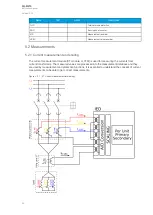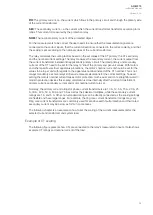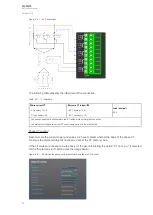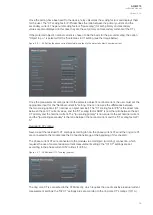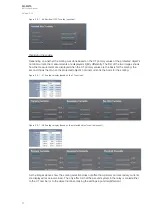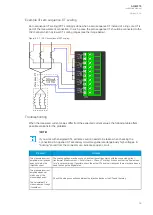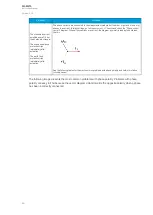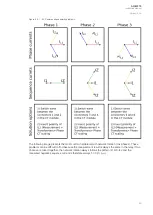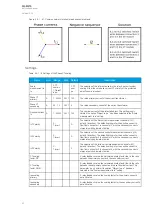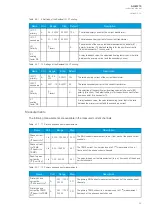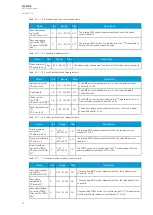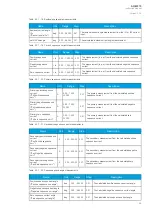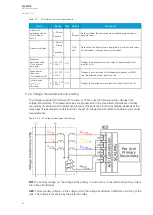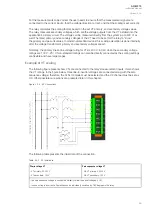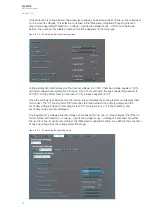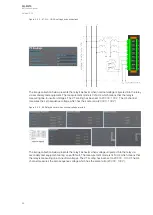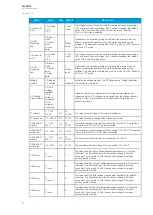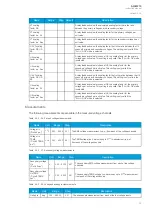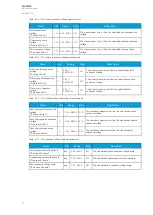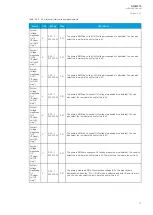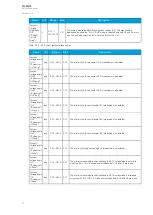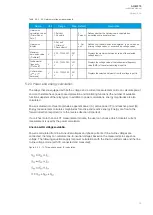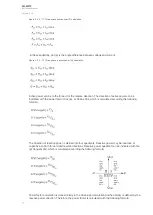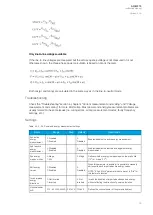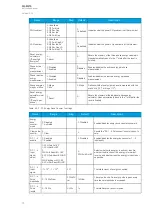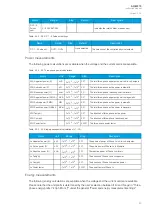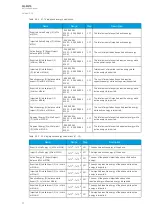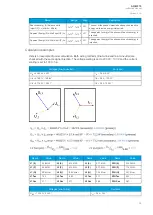
If the protection is voltage-based, the supervised voltage can be based either on line-to-line voltages or
on line-to-earth voltages. This selection is defined in the "Measured magnitude" of each protection
stage menu separately (
Protection
→
Voltage
→
[protection stage menu]
→
INFO; see the image
below). The number of available protection functions depends on the relay type.
Figure. 5.2.2 - 64. Selecting the measured magnitude.
Voltage protection itself is based on the nominal voltage. A 20 000 V nominal voltage equals a 100 %
setting in voltage-based protection functions. A 120 % trip setting in the overvoltage stage equals to
24 000 V on the primary level (in this case a 20 % increase equals 4000 V).
Once the settings have been sent to the device, relay calculates the scaling factors and displays them
for the user. The "VT scaling factor P/S" describes the ratio between the primary voltage and the
secondary voltage. The per-unit scaling factors ("VT scaling factor p.u.") for both primary and
secondary values are also displayed.
The triggering of a voltage protection stage can be based on one, two, or three voltages (the "Pick-up
terms" setting at
Protection
→
Voltage
→
[protection stage menu]
→
Settings). Fault loops are either
line-to-line or line-to-neutral according to the "Measured magnitude" setting. As a default, the activation
of any one voltage trips the voltage protection stage.
Figure. 5.2.2 - 65. Selecting the operating mode.
A
AQ
Q-M215
-M215
Instruction manual
Version: 2.04
67

